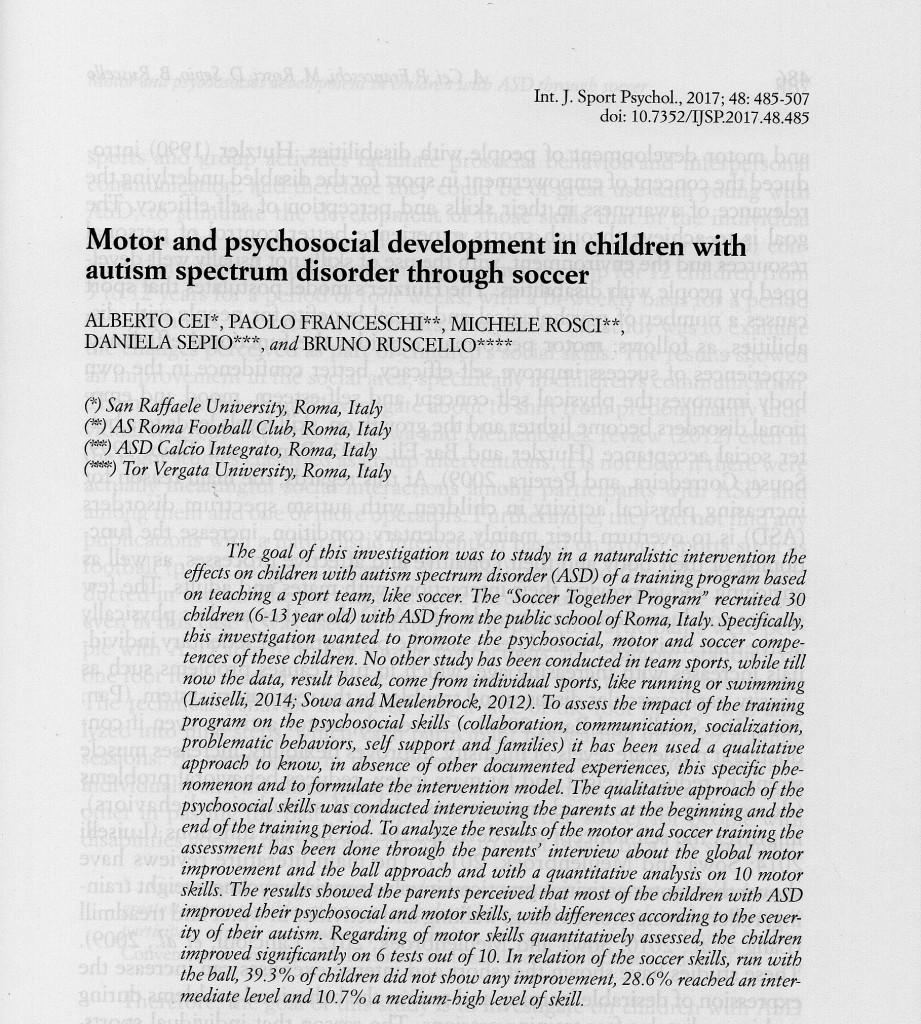National survey: Educational Poverty in Children and Youth in Italy
Economic poverty is often caused by educational poverty. The two feed off each other and are passed on from generation to generation.
In Italy, the most affected group by poverty is children. In 2005, 3.9% of minors under the age of 18 lived in absolute poverty and that number currently triples and exceeds 12%. In today’s Italy, the younger a person is, the more likely is to experience absolute poverty.
Educational poverty, on the other hand, prevents too many boys, girls, and young people from having equal “opportunities” for growth, by lacking access to child services, education, training courses, culture, musical education and art, sports, meeting places, and health care. Fighting against educational poverty, therefore, becomes a fundamental action for the development of the country. A real change is possible only by guaranteeing all minors equal access to quality education. To achieve this, there should be a common link between the local educational institutions, primarily between schools and families, but also between educational institutions and organisations from the third sector. By and large, it is a process that involves all those who are part of the “educational community”, including the children themselves, who from being recipients of services become protagonists in their own future.









